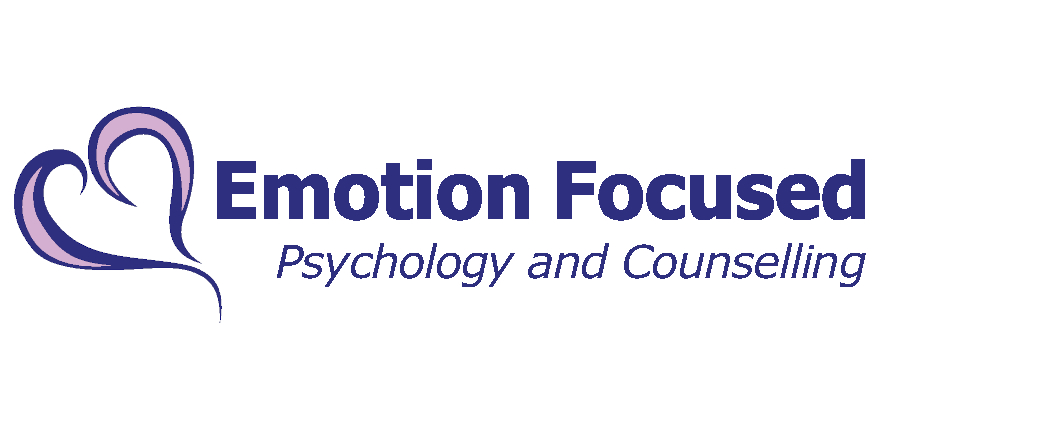Schema Therapy: An Integrative Therapeutic Approach
Some people may face emotional instability, feelings of worthlessness, insecurity, impulsivity and impaired social relationships. There are many therapeutic approaches to help with these problems; one of them is Schema therapy.
Schema therapy helps to ensure that the client’s emotional needs are met without causing any distress. It was developed in the mid-1980s by Dr Jeffrey Young to treat patients who weren’t responding well to other forms of therapy or suffering from borderline personality disorder. But this form of therapy can be used broadly for many issues.
It is effective in reducing chronic symptoms by identifying and resolving “maladaptive schemas” and life patterns. The therapy helps by building resilient and productive responses to life challenges and drawing out the strong parts of your personality. It combines theory and techniques from previously existing therapy models such as Cognitive Behaviour Therapy (CBT), Attachment Theory, and Emotion Focused techniques among others.
Maladaptive Schemas
According to Dr Jeffrey Young,
Schemas comprise memories, emotion, cognitions, and bodily sensations. They develop during childhood or adolescence and are elaborated throughout one’s lifetime. Schemas begin as adaptive and relatively accurate representations of the child’s environment, but they become maladaptive and inaccurate as the child grows up.
According to the APA,
Schema is a cognitive structure representing a person’s knowledge about some entity or situation, including its qualities and the relationships between these. Schemas are usually abstractions that simplify a person’s world.
However, an individual can form maladaptive schemas that are stable, enduring negative pattern, which develop when the core needs are left unmet during childhood or adolescence.
These core needs include:
- A sense of being loved and being securely attached to others
- A sense of being accepted and forgiven
- A sense of self-identity and being in control
- The freedom to express how you feel and ask for what you need from others
- The feeling of being safe and supported
Maladaptive Coping Styles
Maladaptive Schemas, once developed, unconsciously impact your thoughts and actions in order to avoid emotional distress. These often triggers one of many coping responses whenever the individual encounters a similar situation that had caused the maladaptive schema. Though this might seem helpful, it can be self-harming in various ways. These maladaptive schemas can cause negative patterns that are often reinforced through unhealthy interactions.
 Thus, the person uses one of these maladaptive coping styles:
Thus, the person uses one of these maladaptive coping styles:
- Surrender: In this style, the person gives in to their schemas and act/feel as if this is the way they should be treated. For example, the person who had surrendered to a schema that was formed as a result of abuse as a child may later find themselves in a relationship with a partner who abuses them and be fine with it.
- Avoidance: The person tries to find ways to escape or block out their schemas. They consistently attempt to live without triggering the schema. They might avoid activities or situations that could possibly make them feel vulnerable. An example of avoidance might be the person with a mistrust schema who avoids making friends because of the fear of being hurt or taken advantage of.
- Overcompensation: Such people fight against/deny the schema by doing the opposite of what their schemas make them feel. For instance, this person with mistrust schema may try to get control over others or abuse them so that they are not taken advantage of.
Techniques Used in Schema Therapy
The main aim of schema therapy is not to eliminate maladaptive schemas. Rather, the goal is to help the clients get their core needs to be met in an adaptive manner so that the schemas are triggered less frequently and less intensely and they can recover more quickly.
Schema Therapy is an integrative approach and thus there are a variety of techniques that are used such as flashcards, imagery, diary and chair work.
It involves the following steps in treatment:
- The therapist helps in identifying early maladaptive schemas and seeing how they are played out in everyday situations. It starts with educating the client about the therapy and techniques that would be used by the therapist during the course of treatment.
- The therapist then proceeds towards changing these maladaptive beliefs and building alternative beliefs, which can be used to fight the schemas.
- Once the therapist helps the person identify the maladaptive schemas and beliefs, they go on to breaking down maladaptive life patterns into manageable steps and changing the coping styles, one step at a time.
- The clients are then provided with skills and experiences that help create healthy emotions and responses which in turn empowers the clients to make sure their emotional needs are met in everyday life.
The specific techniques used in schema therapy are:
- Cognitive Techniques: These techniques involve identifying and challenging harmful thought patterns that result from schemas. The client will work with their therapist to look back upon life experiences for evidence that supports or contradicts the schema. This is done through the use of flashcards, schema diaries and structured conversations to help the client understand and rectify the maladaptive schema.
- Emotion Focused Techniques: These techniques help the client experience emotions triggered by the maladaptive schema and express them in the safety of therapy. These use emotions to counter the schemas. Some of the emotive techniques include guided imagery, chair work and role-playing.
- Therapy Relationship and Interpersonal Techniques: Through empathic confrontation, the therapist validates the schemas that arise during therapy; they offer understanding and empathy while helping the client realize the importance of change. Therapist analyses schemas that are triggered during sessions and may also use limited reparenting whereby the therapists fulfil emotional needs that weren’t met in childhood by offering security, compassion, and respect. The therapist helps the client examine their different relationships to identify ways schemas affect them.
- Behavioural Techniques: These techniques aim at the coping styles and help them learn how to make positive, healthy choices by changing the behaviour patterns while confronted by a situation that triggers the schema. To change the coping patterns, the client will work upon communication skills through role-play or talk through a problem and solution with the therapist. The therapist might also give them some behavioural assignments/ exercises to do between sessions.
Limitations and Concerns
Schema Therapy has only been developed in the 1980s and is a relatively new form of therapy. There aren’t many long-term studies, psychological intervention and research on this approach to treatment. A recent review of schema therapy has found it to be extremely effective and promising, but most experts agree that there’s a need for further trials and research regarding positive outcomes and cost-effectiveness. Another concern that has arisen regarding schema therapy is the cost and length of time of the treatment. Since schema therapy works to treat chronic problems, treatment is often long-term and costly as compared to other alternative forms of therapy.
Despite the limitations, Schema Therapy shows promise as a treatment for many mental health concerns that are plaguing society today, including eating disorders, personality disorders and depression.
References
- Fassinder E, et al. (2016). Emotion regulation in schema therapy and dialectical behavior therapy. DOI: 10.3389/fpsyg.2016.01373
- Young J, et al. (2006). Schema Therapy: A Practitioner’s Guide. New York, NY: The Guildford Press.
- Masley SA, et al. (2012). A systematic review of the evidence base for schema therapy. DOI:10.1080/16506073.2011.614274
- Bricker DC, et al. (2012). A client’s guide to schema therapy.
- davidbricker.com/clientsguideSchemaTherapy.pdf
- Bamelis LLM, et al. (2014). Results of a multicenter randomized controlled trial of the clinical effectiveness of schema therapy for personality disorders. DOI:10.1176/appi.ajp.2013.12040518
- van Vreeswijk M, et al. (2012). The Wiley-Blackwell handbook of schema therapy: Theory, research, and practice. Malden, MA: John Wiley & Sons.
Psychologists at the Centre for Emotion Focused Practice

Lisa Schafer
Registered Psychologist
I’m a registered psychologist with 20+ years of experience empowering individuals to believe in themselves, develop more confidence, and improve clarity and direction in their lives. I use holistic and strengths-based approach to help clients harness their unique strengths, recognise their sources of energy and build greater resilience and wellbeing.

Carlos Schafer
Director & Principal Psychologist
I’m a registered psychologist with two passions – counselling psychology and executive counselling. To support my passion for counselling, I am trained in experiential psychology, cognitive emotive behavioural therapy, post rationalist therapy, emotion-focused therapy, and hypnosis and have a keen interest in alternative healing
If you are looking for help, whether for yourself or a loved one, the psychologists at the centre can assist in exploring underlying issues through therapy. Please visit the practitioners’ page to find out more, or call (03) 9820-5577 for an appointment or to make enquiries.
Related Articles
- You Can’t Make Sense of Happiness if You Don’t Know Sadness
- Parenting when you have a mental illness like bipolar disorder or depression
- Coping with Loss and Grief
- Depression is More Than Feeling Blue
- Bipolar Disease
- Psychological Well-Being Matters
- How Can We Build Resilience
- Top 5 Things to Do to Support a Family Member with Depression




